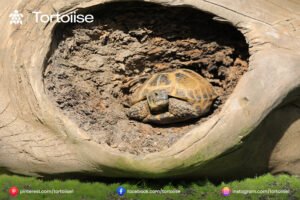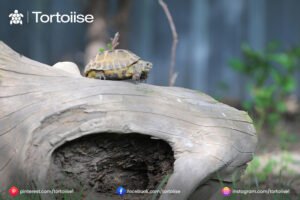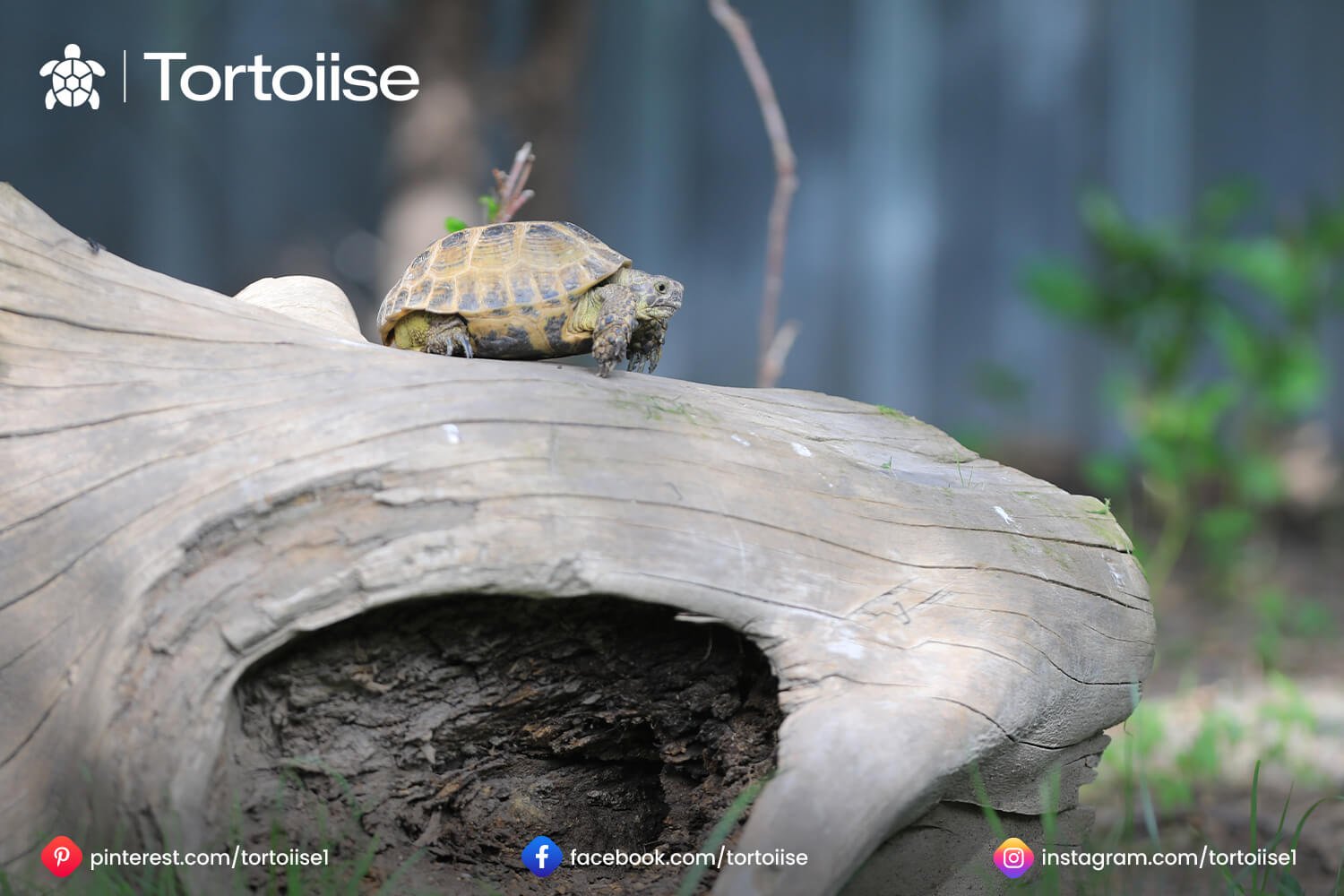How to tell if a gopher tortoise hole is active
The most effective method to determine if a gopher tortoise opening is dynamic
Gopher tortoises are noteworthy animals that play a basic part in their environments. They are known for their capacity to dig broad tunnels, which act as territories for themselves as well as for different species. These tunnels are indispensable for biodiversity and ecological wellbeing.
On the off chance that you go over a gopher tortoise tunnel, it’s fundamental to decide if it is active. Recognizing a functioning tunnel can assist with guaranteeing that these safeguarded creatures are not upset and that protection measures are suitably applied. This article gives a top-to-bottom glance at how to recognize a functioning gopher tortoise opening, why it makes a difference, and the means you can take to morally notice these tunnels.

1. Understanding Gopher Tortoise Tunnels
What is a Gopher Tortoise Tunnel?
Gopher tortoise tunnels are long passages dug into the ground by these tortoises. These designs act as havens, offering insurance from hunters, outrageous climate, and fierce blazes.
Shape
The entry is crescent, copying the state of the tortoise shell.
Size
Tunnel openings are ordinarily 8–12 inches wide but fluctuate in light of the tortoise’s size.
Length and Profundity:
Tunnels can broaden 10-40 feet underground and arrive at depths of 3-20 feet.
Biological system job
Gopher tortoise tunnels give asylum to more than 350 different species, including snakes, frogs, bugs, and, surprisingly, little vertebrates. These tunnels are fundamental for keeping up with biodiversity in their territories, making the tortoise a cornerstone animal group.
2. Significance of Recognizing Dynamic Tunnels
Why It Is Important
Recognizing whether a tunnel is dynamic safeguards gopher tortoise and its environment. Since these tortoises are safeguarded by regulation in many states, upsetting a functioning tunnel can bring about legal punishments. Besides, perceiving dynamic tunnels is significant for guaranteeing the endurance of the species, which faces dangers from living space loss, human movement, and environmental change.
Protection Importance
Dynamic tunnels show the presence of a gopher tortoise, which can illuminate preservation arranging. Misidentifying a tunnel as dormant could prompt unplanned obliteration during land improvement, adversely influencing both the tortoise and its environment.
3. Indications of a Functioning Gopher Tortoise Tunnel

Recognizing a functioning tunnel requires cautious perception. Here are a few dependable pointers:
Tracks and Tortoise Presence
The clearest indication of a functioning tunnel is detecting the tortoise close to its entry. Furthermore, search for tracks in the sand encompassing the tunnel.
Tracks
Gopher tortoise tracks are unmistakable, frequently showing paw marks and a hauling line from the tortoise’s plastron (the underside of its shell. New Soil Around the Entry
Dynamic tunnels frequently have free, newly dug soil close to the entry, showing that the tortoise has as of late kept up with its tunnel.
Shape and State of the Entry
The entry of a functioning tunnel is regularly smooth, clean, and open. Interestingly, idle tunnels might be imploded, congested, or loaded up with garbage like leaves or spider webs.
Tortoise Scat Droppings
Search for scat close to the tunnel entrance. Gopher tortoise droppings are generally barrel-shaped and contain apparent plant filaments, like grass or leaves.
Other Creature Action
In spite of the fact that gopher tortoise tunnels are utilized by different creatures, a functioning tunnel is bound to have tortoise explicit signs, like tracks or new soil.
Neatness of the Tunnel
A functioning tunnel is typically liberated from extreme spider webs, vegetation, or flotsam and jetsam because the tortoise often as possible enters and exits.
4.Separating Dynamic and Inert Tunnels
Dynamic Tunnel Markers
New soil and tracks close to the entry.
A smooth, clean opening.
Proof of late turtle action, like scat or tracks.
Latent Tunnel Markers
Congested or imploded entrance.
Trash, like leaves or spider webs, hinders the opening.
Absence of ongoing indications of movement.
Utilizing Devices to Help Recognizable Proof
Trail Cameras: Setting up a movement-activated camera can catch proof of turtle action.
Perception After some time, return to the tunnel occasionally to affirm whether it is dynamic.
5. Ecological and occasional variables
Brumation and Occasional Way of Behaving
Gopher tortoise might turn out to be less dynamic during colder months, entering a state called brumation. During this time, they might stay profound inside their tunnels for broadened periods.
Natural Changes
Changes in vegetation, soil disintegration, or human action can make tortoise forsake their tunnels.
6. Preservation and lawful contemplations
Lawful Insurances
Gopher tortoises are recorded as an undermined animal category in numerous areas. It is against the law to hurt, annoy, or upset them or their tunnels without a legitimate license.
What to Do assuming You Track Down a Functioning Tunnel
See from a good way: abstain from drawing closer too near, forestall focusing on the tortoise or harming the tunnel.
Try not to upset
Never block, uncover, or adjust the tunnel.
Report Action
Advise nearby untamed life specialists on the off chance that you find a functioning tunnel in a space scheduled for advancement.
Environment Effect
Safeguarding dynamic tunnels helps save the biodiversity of the environment. These tunnels are basic territories for some species, some of which depend solely on gopher tortoise tunnels for endurance.

7. Why Tortoises Leave Tunnels Tortoises might leave their tunnels because of multiple factors
Predation Strain: Continuous hunter visits might drive the tortoise to move.
Natural Changes: Environment obliteration, soil disintegration, or changes in vegetation can make a tunnel unsatisfactory.
Different Tunnels
Gopher turtles frequently dig a few tunnels and may change their utilization in light of time or different variables.
8. Moral Perception Tips: To notice gopher turtle tunnels without inflicting damage, observe these rules
Stay away
Remain no least 10 feet from the tunnel to try not to stretch the tortoise.
Notice indications of action from a protected distance.
Limit Commotion
Stay away from clearly stated clamors that could upset the tortoise.
9. Oftentimes got clarification on some pressing issues
How can I say whether a tunnel is deserted?
Unwanted tunnels commonly have imploded doorways, are congested with vegetation, or give no indications of ongoing movement.
Could different creatures at any point make a tunnel look dynamic?
Indeed, different creatures, like snakes, armadillos, or bunnies, may utilize gopher turtle tunnels. Notwithstanding, their tracks and droppings contrast from those of a gopher tortoise
How far do gopher turtles travel from their tunnel?
Gopher turtles, for the most part, stay inside a couple of hundred feet of their essential tunnel; however, they may travel farther during mating season or to track down food.
10. End
Deciding if a gopher tortoise tunnel is dynamic requires tolerance, perception, and regard for these animals and their natural surroundings. By searching for signs like tracks, new soil, and scat, you can recognize dynamic tunnels and do whatever it may take to safeguard them.
As a cornerstone animal category, the gopher tortoise plays an imperative part in keeping up with biodiversity. Safeguarding their tunnels guarantees the endurance of countless different species and preserves the soundness of their biological systems. By figuring out how to distinguish and regard dynamic tunnels, you can add to the protection of these unimaginable creatures.
